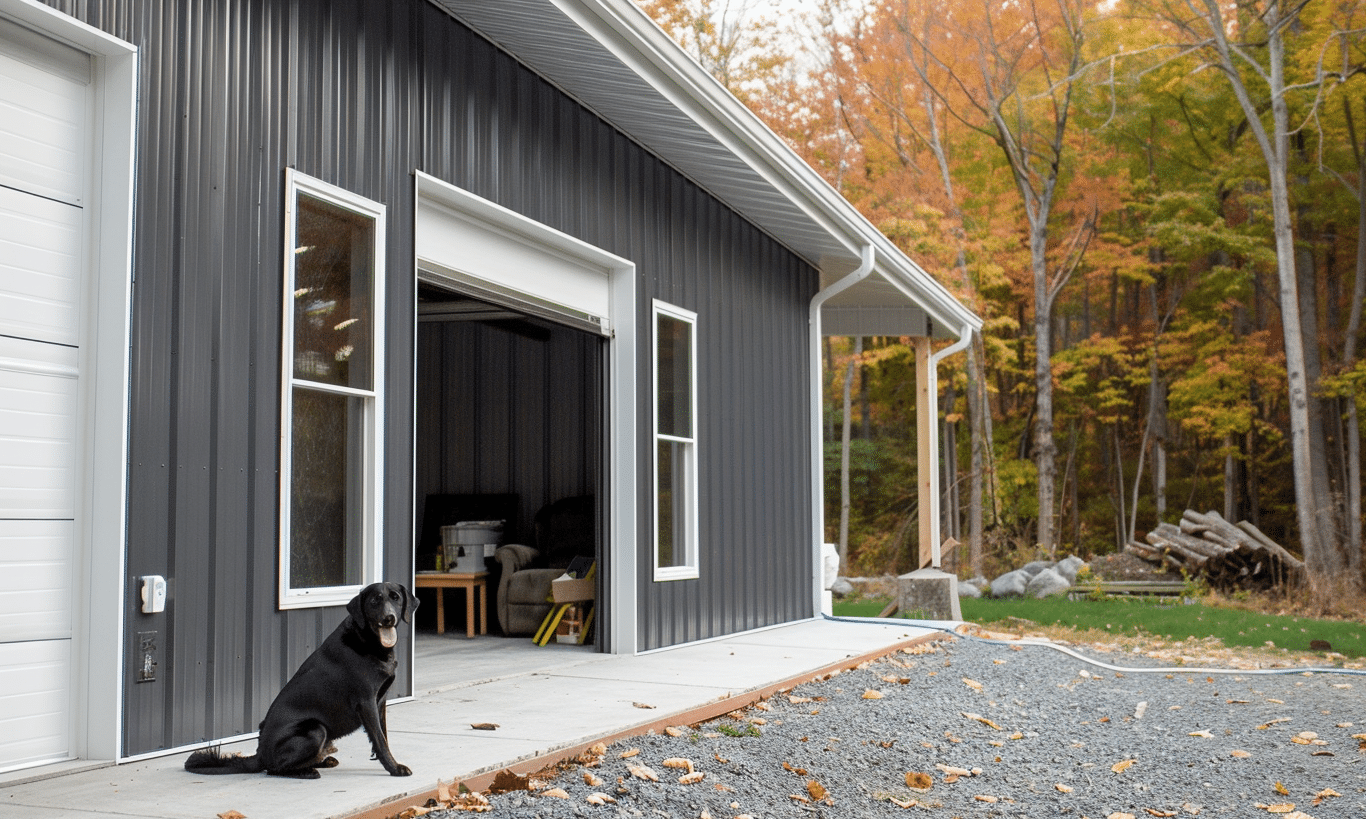In today’s world, the construction industry stands at the forefront of a revolution—a shift that seeks to balance economic growth with environmental responsibility. At the heart of this shift is the increasingly important topic of renewable energy in construction. But how does this energy revolution impact the construction world, particularly in Canada?
The Importance of Renewable Energy in Construction
Imagine a construction project where energy demands are not only met but transformed into opportunities for sustainability and efficiency. That’s the ambition driving the global narrative around renewable energy in construction. It’s no longer just about building to last; it’s about building to preserve and enhance our environment by integrating energy-efficient alternatives.
Using renewable energy in construction not only reduces the ecological footprint but also leads to cost efficiencies in the long run. Natural Resources Canada – Renewable Energy in Construction explains how these innovations can help in achieving energy efficiency, thereby supporting Canada’s aim to lower greenhouse gas emissions.
Elevating the Standards with Sustainable Building
The nexus of construction and sustainability is multifaceted. It involves integrating technologies that harvest natural power sources like solar, wind, and geothermal energy. Incorporating these elements into sustainable building provides an architecture that stands resiliently against environmental stress while complementing its natural surroundings. This convergence of technology and ecological mindfulness is elaborated further by many industry experts and resources, such as those found at Sustainable building.
Integrating renewable energy sources such as photovoltaic panels, wind turbines, and geothermal heat pumps in design plans can take energy-efficient construction to the next level. As we continue to face climatic challenges, harnessing these energies in creative ways can help shift the paradigm from traditional to transformative construction practices.
Innovative Energy Solutions: Wind, Solar, and Beyond
Solar and wind energy are like the dynamic duo of renewable energy—they’re often the first go-to solutions when one thinks of sustainable power. Energy derived from these sources can be seamlessly integrated into new construction projects. But beyond them, innovations like geothermal and wave energy are gaining traction, embodying a diverse range of options available for energy-efficient construction.
Sounds like a tall order? Consider this: how often do you witness buildings crowned with solar panels or complemented by small wind turbines? These aren’t just technological add-ons; they symbolize a movement—one that champions the use of natural resources abundantly available across Canada.
Geoexchange systems that utilize the Earth’s stable ground temperature to heat and cool buildings are now part of the forefront technologies proving that boundless natural resources are at our fingertips. Imagine a scenario where the roof of a 24×30 steel building kit isn’t just a cover but a canvas that captures sunlight, converting it into power—an epitome of intelligent design meeting functionality.

Creating a Greener Timeline in Construction
Shifting perceptions of what construction can achieve aligns closely with the increasing interest in renewable energy sources. The inherent flexibility of steel buildings, such as the robust options reviewed in places like Canada, offer ideal platforms for renewable technologies. They provide a sturdy basis for incorporating innovative designs and energy solutions.
The flexibility inherent in steel—a material revered for its longevity and recyclability—is being spotlighted for creating renewable energy-friendly structures. The ability to customize and adapt these structures to meet sustainable goals is one of the most exciting prospects in modern building design.
The Canadian Frontier in Renewable Energy Construction
In Canada, the adoption of these technologies is not just encouraged; it’s increasingly imperative given environmental goals set by governments at different levels. Initiatives supported by Canadian organizations focus on integrating more solar panels, energy-efficient lighting, and other renewable solutions into the national infrastructure. Consequently, this not only helps towards achieving energy efficiency but also fosters economic benefits through technological growth and jobs.
Our country’s rich variety of climates supports the practical use of a range of renewable sources—from leveraging sunny days to harness wind in coastal regions. This inherently supports the creation of structures that remain environmentally friendly throughout their lifespan.
Conclusion: Building the Future, Today
As we advance further into the 21st century, the reality is clear: the future of construction hinges on adopting renewable energy solutions. By incorporating renewable energy in construction now, we reap innumerable benefits that extend beyond mere cost savings or compliance with regulations. It represents a global movement towards responsible architecture that respects the environment and anticipates future needs.
This investment in sustainable technologies supports a vision of sustainability where our children’s children can thrive on a planet we’ve worked decisively to protect. Building greener today ensures that tomorrow’s constructions can withstand the pressures of a changing environment while standing as monuments of capable, world-conscious engineering.










